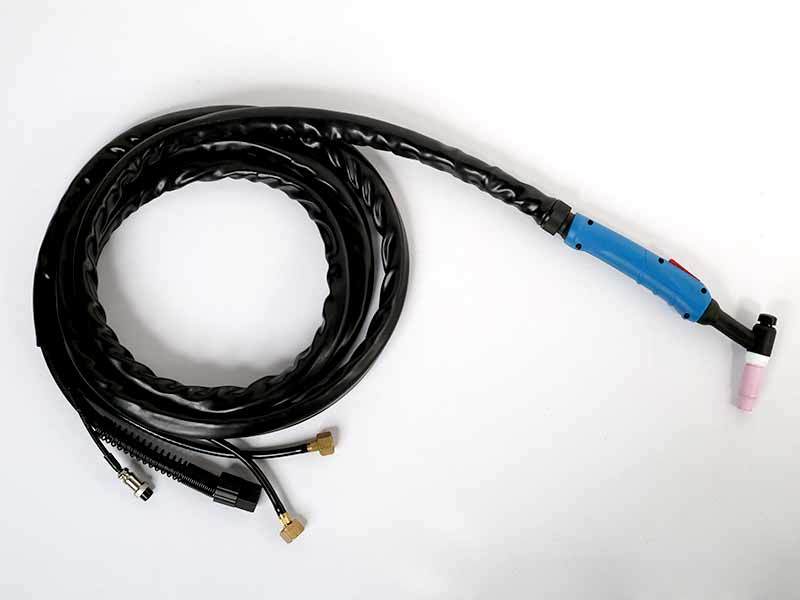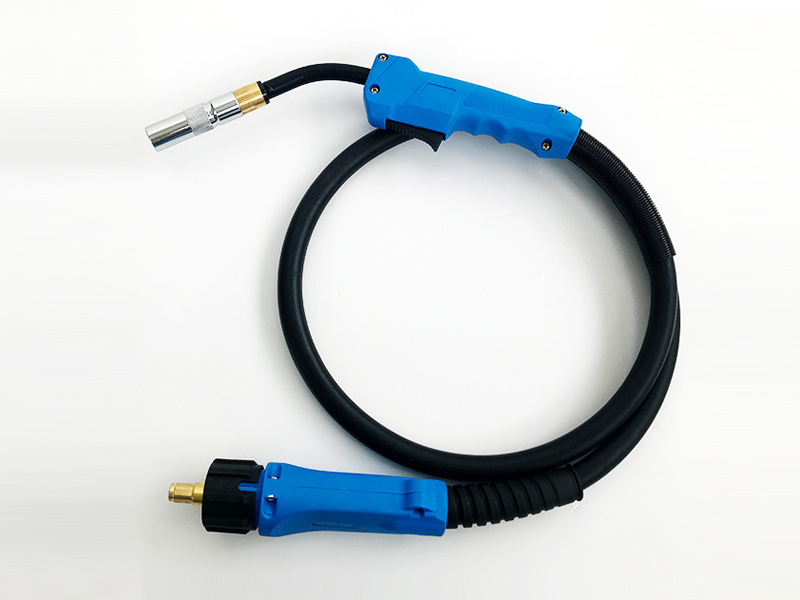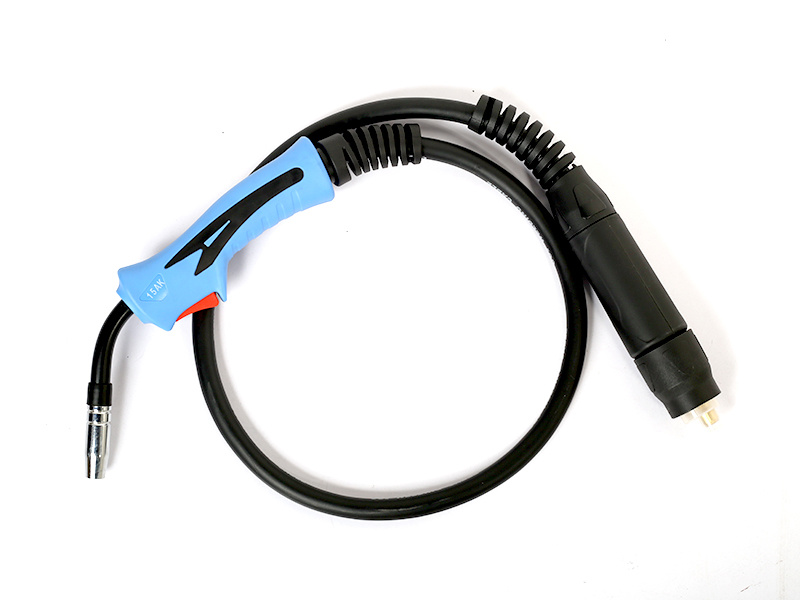language
Understanding the Importance of Welding Wire Feeders in Industrial Applications
Sep 09,2025
Welding wire feeders play a crucial role in the welding process, acting as the mechanism that delivers the welding wire to the welding arc. This is essential for maintaining a consistent and controlled feed rate, which is vital for achieving high-quality welds. Without an efficient wire feeder, weld quality can be compromised, leading to defects and inefficiencies in production.
There are several
Welding wire feeders play a crucial role in the welding process, acting as the mechanism that delivers the welding wire to the welding arc. This is essential for maintaining a consistent and controlled feed rate, which is vital for achieving high-quality welds. Without an efficient wire feeder, weld quality can be compromised, leading to defects and inefficiencies in production.
There are several types of welding wire feeders available, each designed to cater to different welding applications. The most common types include two-roll and four-roll wire feeders. Two-roll feeders are typically used for lighter applications and are more cost-effective, while four-roll feeders are ideal for heavier-duty tasks, offering better control and reduced wear on the wire. Understanding the differences between these types can help you make an informed decision based on your specific needs.
When selecting a welding wire feeder, several factors should be taken into account. First, consider the type of welding process you will be using. Different processes, such as MIG (Metal Inert Gas) or TIG (Tungsten Inert Gas) welding, may require different feeder configurations. Additionally, the diameter and material of the welding wire will influence the choice of feeder, as some feeders are better suited for specific wire types.
Another critical consideration is the feeder's power source. Welding wire feeders can be powered by either the welding machine itself or by a separate power supply. This flexibility can enhance operational efficiency, especially in larger setups where multiple machines are in use.
Furthermore, the ease of setup and adjustment can significantly impact productivity on the shop floor. A wire feeder that allows for quick changes and adjustments can minimize downtime and improve workflow. Look for features such as digital displays, easy-to-use controls, and quick-release mechanisms that facilitate smooth operation.
Lastly, regular maintenance of wire feeders is essential to ensure longevity and optimal performance. A well-maintained feeder will reduce the risk of issues such as wire jams and inconsistent feed rates, leading to better overall welding performance.
In conclusion, welding wire feeders are integral to efficient and high-quality welding operations. By understanding the various types, operational requirements, and factors influencing selection, you can ensure that you choose the right feeder for your needs. This will ultimately enhance your productivity and the quality of your welds, making it a vital investment in your industrial processes.
There are several types of welding wire feeders available, each designed to cater to different welding applications. The most common types include two-roll and four-roll wire feeders. Two-roll feeders are typically used for lighter applications and are more cost-effective, while four-roll feeders are ideal for heavier-duty tasks, offering better control and reduced wear on the wire. Understanding the differences between these types can help you make an informed decision based on your specific needs.
When selecting a welding wire feeder, several factors should be taken into account. First, consider the type of welding process you will be using. Different processes, such as MIG (Metal Inert Gas) or TIG (Tungsten Inert Gas) welding, may require different feeder configurations. Additionally, the diameter and material of the welding wire will influence the choice of feeder, as some feeders are better suited for specific wire types.
Another critical consideration is the feeder's power source. Welding wire feeders can be powered by either the welding machine itself or by a separate power supply. This flexibility can enhance operational efficiency, especially in larger setups where multiple machines are in use.
Furthermore, the ease of setup and adjustment can significantly impact productivity on the shop floor. A wire feeder that allows for quick changes and adjustments can minimize downtime and improve workflow. Look for features such as digital displays, easy-to-use controls, and quick-release mechanisms that facilitate smooth operation.
Lastly, regular maintenance of wire feeders is essential to ensure longevity and optimal performance. A well-maintained feeder will reduce the risk of issues such as wire jams and inconsistent feed rates, leading to better overall welding performance.
In conclusion, welding wire feeders are integral to efficient and high-quality welding operations. By understanding the various types, operational requirements, and factors influencing selection, you can ensure that you choose the right feeder for your needs. This will ultimately enhance your productivity and the quality of your welds, making it a vital investment in your industrial processes.
Add
Xing village, lvgongbao town, renqiu city, hebei province, china









